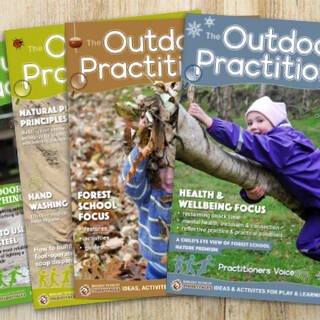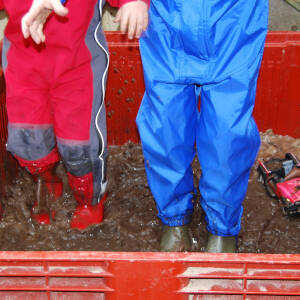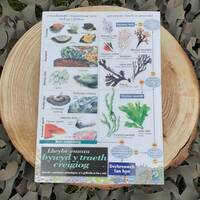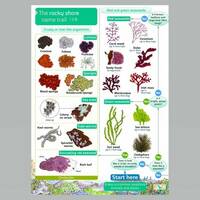Field Guide - Summer Coastal Birds
Excellent laminated multi page double sided Field Guides from the Field Studies Council.
The FSC Summer coastal birds guide features 28 of the birds you can see around the coastline of Britain and Ireland in the summer months.
Illustrations show birds their adult summer (breeding) plumage. Accompanying text on the reverse side covers body size, months present, summer activity and key identification characters for each species.
The guide includes both cliff-nesting birds (like gannet and razorbill) and wading birds (such as oystercatcher and avocet) as well as all the common seagulls. Some coastal birds are resident in the UK throughout the year. Others arrive in the summer to breed.
£4.00
exVAT
- SKU GWFIE76
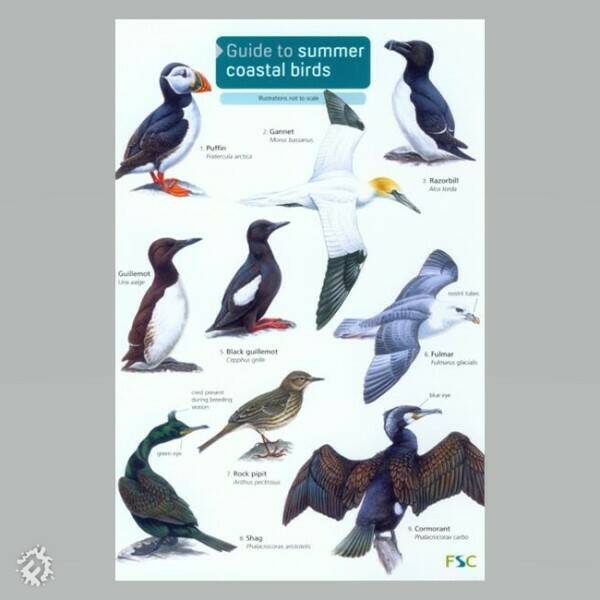
Additional Information
The coastline of Britain and Ireland supplies a rich source of food for seabirds. Terns and the cliff nesting birds such as guillemots may be seen plunging into the water after sand eels and small fish, while the larger birds like gannets will even catch herring and mackerel. The long bills of waders such as oystercatchers and redshanks are ideal for probing the sand and mud for marine worms and cockles. Rockpools and rocky shores provide an abundance of molluscs such as mussels and winkles. Sand dunes and shingle supply a rich source of insects and other invertebrates.
Many seabirds nest in large colonies. These may be on rocky cliffs and stacks, or sandy beaches, shingle ridges and small islands. The nests are often not much more than a scrap on the ground or cliff ledge, with a scattering of seaweed, plant material, and other debris. However basic they may seem, you can often see them taking a great deal of attention in where to place individual pieces. In general, nesting in colonies helps give protection from predators.
